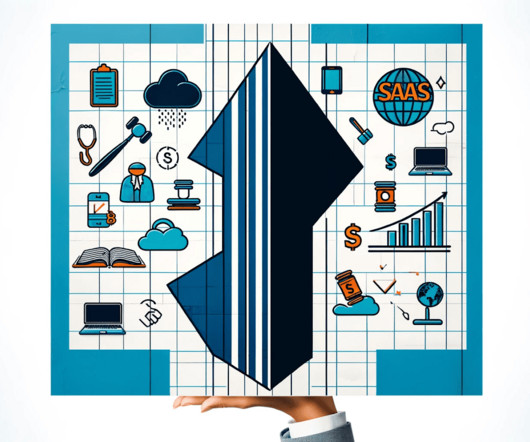ISVs vs SaaS: What’s the Difference?
Stax
APRIL 18, 2024
While they operate under different business models, ISVs and SaaS share similarities in software development, cross-platform accessibility, and industry reach. ISVs and SaaS providers differ in software distribution, licensing models, hosting responsibilities, support options, upgrade and maintenance procedures, and scalability.












Let's personalize your content